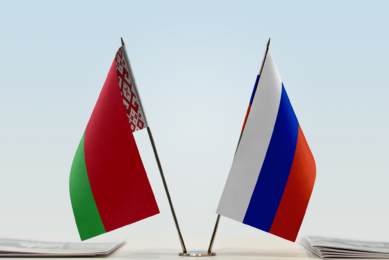Research: China feed amino acid industry report 2010
In the feed industry, amino acid is an important nutritional additive whose main role is to compensate for the lack of amino acids in feed, thus saving a lot of high-quality protein feed such as bean cake (dregs) and fish meal, and lowering feed costs. Although the types and proportions of amino acids added are closely related to the feed sources and animal species, in the practical application of feed amino acids, methionine and lysine can occupy up to 80-90%, and other amino acids hold about 10-20 %.
In China, chickens and pigs hold the largest proportion of livestock feeding. According to animal nutrition, methionine is the primary limiting amino acid for chickens, while lysine is the primary limiting amino acid for pigs. In addition, restricted by China’s level of livestock feeding economy and self-sufficiency of feed amino acids, it has become increasingly apparent that China’s feed amino acid consumption structure is dominated by methionine and lysine, and supplemented by threonine and tryptophan.
China’s lysine market entered a mature stage in 2010, with obvious overcapacity and cut-throat competition. Major lysine producers include Changchun Dacheng, Ningxia Eppen Biotech, Anhui BBCA Biochemical and Liaocheng CJ, which accounted for 86.6% of the total output in 2009.
However, restricted by technical barriers, domestic methionine production is inadequate. In 2010, Chongqing Unis Chemical was the only domestic supplier of commercial feed methionine, and the market was dominated by German Degussa, Japanese Sumitomo and French Adisseo (acquired by China National BlueStar).
In 2010, feed threonine production reached about 152,000 tons. Although there was excess capacity, it mainly resulted from the limited downstream feed application due to high prices. The tryptophan market was restricted by both technology and application, so the development was slow. China’s tryptophan capacity exceeded 3,000 tons in 2010, but the actual output was not large.
Changchun Dacheng, Ningxia Eppen Biotech and Anhui BBCA Biochemical are actively expanding their existing feed amino acid production scale, and improving the product mix distribution. These companies have been able to produce at least two types of feed amino acids.
This Report not only analyzes the operating environment, overall situation and development prospect of China’s feed amino acid industry, but also delves into the market supply and demand, import and export, competition pattern and price trend of four major limiting amino acids in animal feed, i.e. lysine, methionine, threonine and tryptophan.
For details of this report please visit http://www.researchinchina.com/Htmls/Report/2011/6074.html












